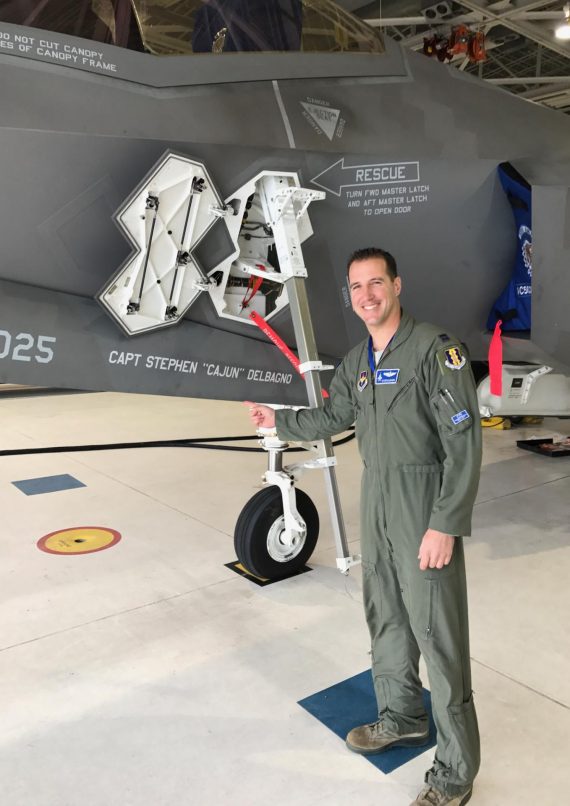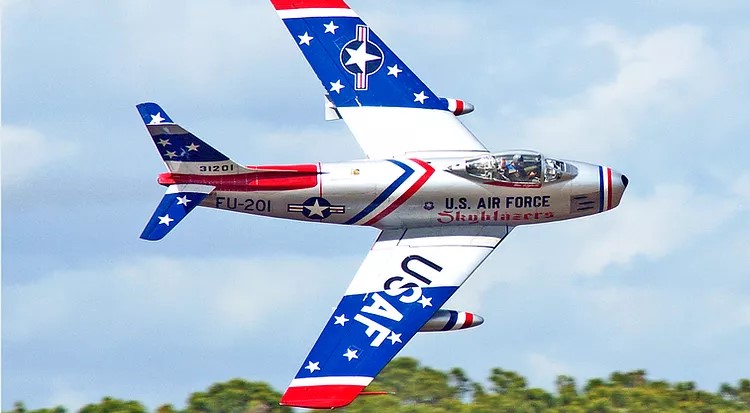The North American F-86 Sabre, sometimes called the Sabrejet, is a transonic jet fighter aircraft. Produced by North American Aviation, the Sabre is best known as the United States’ first swept-wing fighter that could counter the swept-wing Soviet MiG-15 in high-speed dogfights in the skies of the Korean War (1950–1953), fighting some of the earliest jet-to-jet battles in history. Considered one of the best and most important fighter aircraft in that war, the F-86 is also rated highly in comparison with fighters of other eras. Although it was developed in the late 1940s and was outdated by the end of the 1950s, the Sabre proved versatile and adaptable and continued as a front-line fighter in numerous air forces until the last active operational examples were retired by the Bolivian Air Force in 1994.
Its success led to an extended production run of more than 7,800 aircraft between 1949 and 1956, in the United States, Japan, and Italy. In addition, 738 carrier-modified versions were purchased by the US Navy as FJ-2s and -3s. Variants were built in Canada and Australia. The Canadair Sabre added another 1,815 airframes, and the significantly redesigned CAC Sabre (sometimes known as the Avon Sabre or CAC CA-27), had a production run of 112. The Sabre is by far the most-produced Western jet fighter, with total production of all variants at 9,860 units.
 AirDotShow partners with the National Air, Sea and Space Foundation to give back through hosting STEM Education Programs to inspire the next generation to pursue careers in aerospace. AirDotShow also support the NASSF’s Cajun Scholarship founded to honor fallen Thunderbird pilot Stephen “Cajun” Del Bagno
AirDotShow partners with the National Air, Sea and Space Foundation to give back through hosting STEM Education Programs to inspire the next generation to pursue careers in aerospace. AirDotShow also support the NASSF’s Cajun Scholarship founded to honor fallen Thunderbird pilot Stephen “Cajun” Del Bagno


